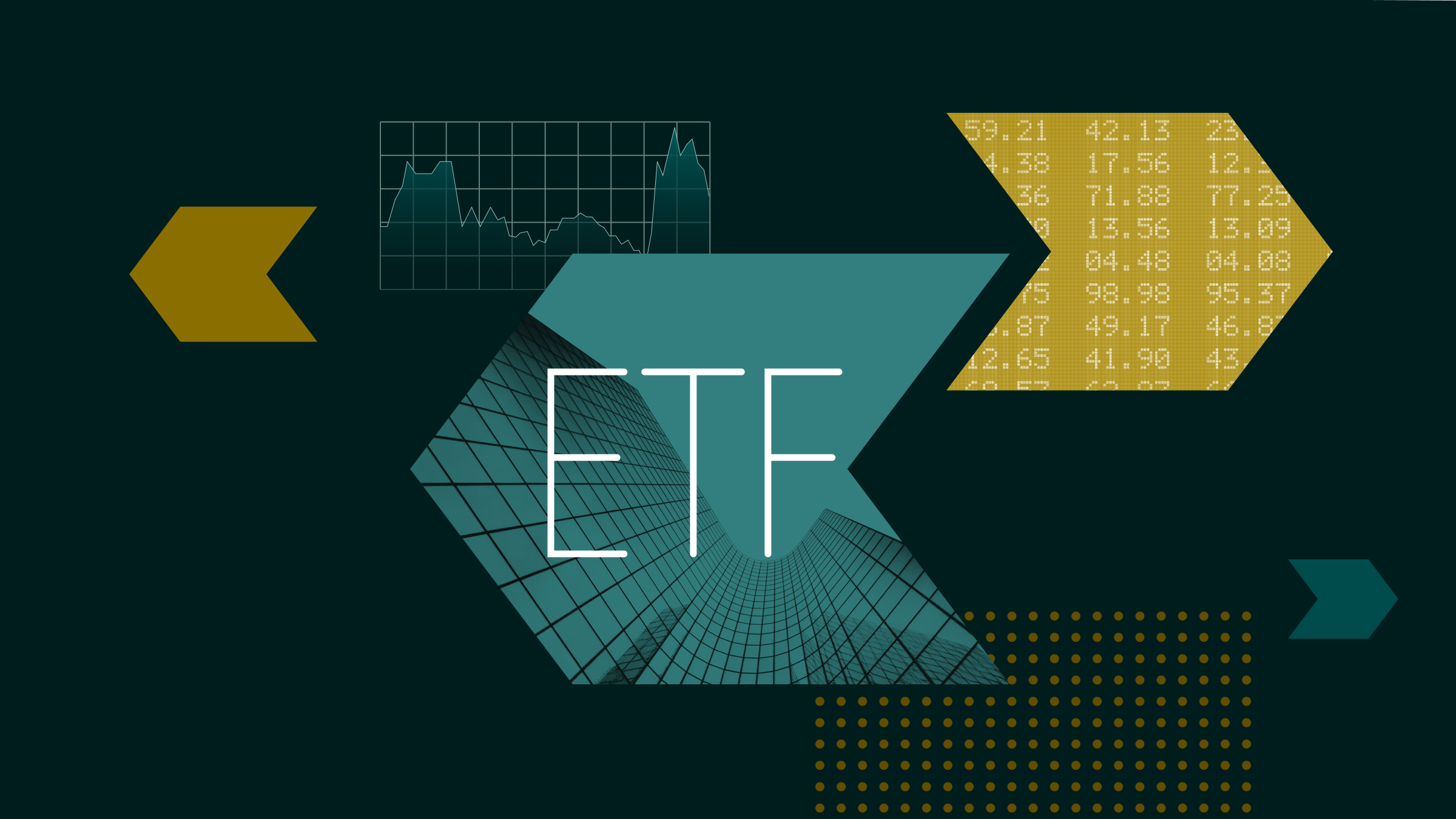
month, we check in on the performance of the largest Europe-domiciled stock, bond, and active exchange-traded funds available for sale in UK.
The Morningstar Europe Index fell 2.39% during March, while the Morningstar Eurozone Core Bond Index lost 0.26%. Over the past year, the European stock market is up 5.39%, while the European bond market has fallen 0.20%.
The Morningstar US Market Index fell 8.18% during March and is up 5.06% over the past year. The Morningstar US Core Bond Index fell 2.40% last month and is up 2.72% over the past year.
In the global markets, stocks lost 6.09% during March, as measured by the Morningstar Global Markets Index. Bonds fell 1.88%, as measured by the Morningstar Global Core Bond Index. Over the past year, global stocks are up 4.46% and global bonds are are up 0.68%.
Largest Europe-Domiciled Stock ETF Performance
Out of the 10 largest Europe-domiciled stock ETFs, the top performer last month was the £18.6 billion iShares Core MSCI EM IMI, which lost 0.20%. The bottom performer was the £14.5 billion iShares MSCI USA ESG Enhanced CTB which lost 8.29%.
Here’s more about the performance of the largest Europe-domiciled stock ETFs.
iShares VII PLC - iShares Core S&P 500 UCITS ETF
• Morningstar Medalist Rating: Gold
• Morningstar Category: US Large-Cap Blend Equity
iShares Core S&P 500 lost 7.97% in March, performing roughly in line with the average fund in the US large-cap blend equity category, which fell 7.96%. The £85.1 billion fund has gained 5.67% over the past 12 months, while the average fund in its category is up 2.28%. The iShares fund, which launched in May 2010, has climbed 9.48% over the past three years and gained 17.31% over the past five years.
iShares Core MSCI World UCITS ETF
• Morningstar Medalist Rating: Silver
• Morningstar Category: Global Large-Cap Blend Equity
In March, iShares Core MSCI World fell 6.77%, while the average global large-cap blend equity fund lost 5.74%. The fund placed in the 67th percentile for performance. The £76 billion fund has climbed 4.81% over the past 12 months, outperforming the average fund in its category, which rose 1.85%. The iShares fund, which launched in September 2009, has climbed 8.36% over the past three years and gained 15.29% over the past five years.
Vanguard S&P 500 UCITS ETF
• Morningstar Medalist Rating: Gold
• Morningstar Category: US Large-Cap Blend Equity
In March, Vanguard S&P 500 fell 7.97%, while the average US large-cap blend equity fund lost 7.96%. The fund placed in the 38th percentile for performance. The £48.8 billion fund has climbed 5.66% over the past 12 months, outperforming the average fund in its category, which rose 2.28%. The Vanguard fund, which launched in May 2012, has climbed 9.47% over the past three years and gained 17.31% over the past five years.
Invesco S&P 500 UCITS ETF
• Morningstar Medalist Rating: Silver
• Morningstar Category: US Large-Cap Blend Equity
The £29.4 billion Invesco S&P 500 fell 7.95% in March. The loss on the fund was roughly in line with the 7.96% loss on the average fund in the US large-cap blend equity category, leaving it in the 36th percentile for performance. Over the past 12 months, the Invesco fund rose 5.85%, while the average fund in its category rose 2.28%. The fund, which launched in May 2010, has climbed 9.70% over the past three years and gained 17.56% over the past five years.
Vanguard FTSE All-World UCITS ETF
• Morningstar Medalist Rating: Silver
• Morningstar Category: Global Large-Cap Blend Equity
In March, Vanguard FTSE All-World fell 6.10%, while the average global large-cap blend equity fund lost 5.74%. The fund placed in the 48th percentile for performance. The £27.3 billion fund has climbed 5.04% over the past 12 months, outperforming the average fund in its category, which rose 1.85%. The Vanguard fund, which launched in May 2012, has climbed 7.64% over the past three years and gained 14.22% over the past five years.
Largest Europe-Domiciled Bond ETF Performance
Out of the 10 largest Europe-domiciled bond ETFs, the top performer last month was the £5.6 billion iShares € High Yield Corp Bond, which gained 0.33%. The bottom performer was the £6.6 billion iShares $ Corp Bond, which lost 2.83%.
Here’s more about the performance of the largest Europe-domiciled bond ETFs.
iShares $ Treasury Bond 0-1yr UCITS ETF
• Morningstar Medalist Rating: Neutral
• Morningstar Category: USD Ultra Short-Term Bond
iShares $ Treasury Bond 0-1yr lost 2.11% in March, performing roughly in line with the average fund in the USD ultra short-term bond category, which fell 2.14%. The £16.1 billion fund has gained 2.81% over the past 12 months, while the average fund in its category is up 2.90%. The iShares fund, which launched in February 2019, has climbed 4.82% over the past three years and gained 1.62% over the past five years.
iShares Core € Corp Bond UCITS ETF
• Morningstar Medalist Rating: Bronze
• Morningstar Category: EUR Corporate Bond
The £11 billion iShares Core € Corp Bond rose 0.26% in March. The gain on the fund beat the 0.24% gain on the average fund in the EUR corporate bond category, leaving it in the 44th percentile for performance. Over the past 12 months, the iShares fund rose 1.95%, while the average fund in its category rose 1.81%. The fund, which launched in March 2009, has climbed 0.50% over the past three years and lost 0.09% over the past five years.
iShares $ Treasury Bond 1-3yr UCITS ETF
• Morningstar Medalist Rating: Neutral
• Morningstar Category: USD Government Bond - Short Term
In March, iShares $ Treasury Bond 1-3yr fell 2.00%, while the average USD government bond - short term fund lost 2.01%. The fund placed in the 60th percentile for performance. The £8.9 billion fund has climbed 3.22% over the past 12 months, outperforming the average fund in its category, which rose 3.06%. The iShares fund, which launched in June 2006, has climbed 3.53% over the past three years and gained 0.31% over the past five years.
iShares Core Global Aggregate Bond UCITS ETF
• Morningstar Medalist Rating: Bronze
• Morningstar Category: Global Diversified Bond
In March, iShares Core Global Aggregate Bond fell 1.87%, while the average global diversified bond fund lost 1.55%. The fund placed in the 64th percentile for performance. The £8.3 billion fund has climbed 0.74% over the past 12 months, outperforming the average fund in its category, which rose 0.17%. The iShares fund, which launched in November 2017, has dropped 1.06% over the past three years and lost 2.25% over the past five years.
iShares $ Corp Bond UCITS ETF
• Morningstar Medalist Rating: Bronze
• Morningstar Category: USD Corporate Bond
In March, iShares $ Corp Bond fell 2.83%, while the average USD corporate bond fund lost 2.87%. The fund placed in the 60th percentile for performance. The £6.6 billion fund has climbed 1.92% over the past 12 months, underperforming the average fund in its category, which rose 2.08%. The iShares fund, which launched in March 2003, has climbed 0.98% over the past three years and gained 0.09% over the past five years.
Largest Europe-Domiciled Active ETF Performance
While passive ETFs have portfolios where holdings are designed to track the performance of an index, active ETFs are managed by portfolio managers who make the decisions about which investments to own. Like index-tracking ETFs, active ETFs trade on an exchange and are typically lower-cost and more tax-efficient than traditional actively managed mutual funds.
Out of the 10 largest Europe-domiciled active ETFs, the top performer last month was the £821.4 million JPMorgan EUR Ultra-Short Income, which gained 1.52%. The bottom performer was the £8.9 billion JPMorgan US Research Enhanced Index Equity (ESG), which lost 8.16%.
Here’s more about the performance of the largest Europe-domiciled active ETFs.
JPMorgan ETFs (Ireland) ICAV - US Research Enhanced Index Equity (ESG) UCITS ETF
• Morningstar Medalist Rating: Silver
• Morningstar Category: US Large-Cap Blend Equity
In March, JPMorgan US Research Enhanced Index Equity (ESG) fell 8.16%, while the average US large-cap blend equity fund lost 7.96%. The fund placed in the 50th percentile for performance and performed roughly in line with its benchmark, the S&P 500 Index.
The £8.9 billion fund has climbed 4.43% over the past 12 months, outperforming the average fund in its category, which rose 2.28%. The JPMorgan fund, which launched in October 2018, has climbed 9.64% over the past three years and gained 18.02% over the past five years.
JPMorgan ETFs (Ireland) ICAV - Global Research Enhanced Index Equity (ESG) UCITS ETF
• Morningstar Medalist Rating: Silver
• Morningstar Category: Global Large-Cap Blend Equity
The £7.1 billion JPMorgan Global Research Enhanced Index Equity (ESG) fell 6.86% in March. The loss on the fund was worse than the 5.74% loss on the average fund in the global large-cap blend equity category, leaving it in the 72nd percentile for performance. The fund performed roughly in line with its benchmark, the MSCI World Index.
Over the past 12 months, the JPMorgan fund rose 3.82%, while the average fund in its category rose 1.85%. The fund, which launched in October 2018, has climbed 8.87% over the past three years and gained 16.06% over the past five years.
JPMorgan ETFs (Ireland) ICAV - Europe Research Enhanced Index Equity (ESG) UCITS ETF
• Morningstar Medalist Rating: Bronze
• Morningstar Category: Europe Large-Cap Blend Equity
JPMorgan Europe Research Enhanced Index Equity (ESG) lost 3.01% in March, falling further than the average fund in the Europe large-cap blend equity category, which fell 2.55%. The fund placed in the 63rd percentile for performance and fell further than its benchmark, the MSCI Europe Index, by 0.27 percentage points.
The £2.2 billion fund has gained 3.79% over the past 12 months, while the average fund in its category is up 1.99%. The JPMorgan fund, which launched in October 2018, has climbed 8.54% over the past three years and gained 12.50% over the past five years.
PIMCO ETFs PLC - US Dollar Short Maturity UCITS ETF
• Morningstar Medalist Rating: Gold
• Morningstar Category: USD Ultra Short-Term Bond
PIMCO US Dollar Short Maturity lost 2.12% in March, performing roughly in line with the average fund in the USD ultra short-term bond category, which fell 2.14%. The fund placed in the 60th percentile for performance and performed roughly in line with its benchmark, the FTSE Treasury Bill 3 Month Index.
The £1.6 billion fund has gained 3.05% over the past 12 months, while the average fund in its category is up 2.90%. The PIMCO fund, which launched in February 2011, has climbed 5.06% over the past three years and gained 2.12% over the past five years.
Fidelity Emerging Markets Equity Research Enhanced UCITS ETF
• Morningstar Medalist Rating: Bronze
• Morningstar Category: Global Emerging Markets Equity
Fidelity Emerging Markets Equity Research Enhanced lost 2.14% in March, falling further than the average fund in the global emerging markets equity category, which fell 2.01%. The fund placed in the 58th percentile for performance and fell further than its benchmark, the MSCI EM Index, by 0.31 percentage points.
The £1.6 billion fund has gained 3.47% over the past 12 months, while the average fund in its category is up 3.93%. The Fidelity International fund, which launched in November 2020, has gained 0.47% over the past three years.
This article was generated with the help of automation and reviewed by Morningstar editors. Learn more about Morningstar’s use of automation.
The author or authors do not own shares in any securities mentioned in this article. Find out about Morningstar's editorial policies.























